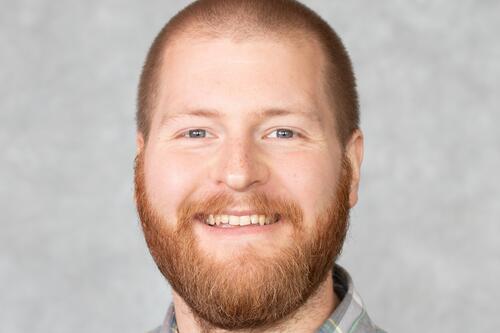
Tommy Osburn, Assistant Professor of Physics at SUNY Geneseo, recently was awarded a grant from the National Science Foundation (NSF) to study gravitational waves, tiny ripples in the fabric of spacetime that are emitted by massive objects when they accelerate. The $188,470 award will be used to support research expenses including hiring student researchers, funding travel for students and faculty to scientific meetings, and computational resources and equipment.
This project is a theoretical investigation of the gravitational waves emitted when a stellar mass compact object, such as a neutron star or black hole, inspirals into a supermassive black hole. These extreme mass-ratio inspirals (EMRIs) are expected to be observed by the proposed Laser Interferometer Space Antenna (LISA). LISA is a space-based detector with a planned launch date of 2037 and would become the most sensitive gravitational wave observatory ever constructed.
Osburn's project involves training of undergraduate students in quantitative technical skills and also supports a physics education research project that will simultaneously improve upper-level undergraduate physics instruction and provide a testing ground to research new mathematical modeling techniques.
"I am really excited to have received this award from the NSF to support my research with talented undergraduate students at SUNY Geneseo," says Osburn. "This funding will provide high-impact research opportunities for us to expand on our previous work on the influence of relativistic two-body interactions on the dynamics of gravitational wave production by EMRIs."
"It is certainly a very exciting time in the field, as we expand the power of gravitational wave astronomy."
The duration of this award is three years (2023-2026).